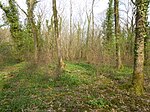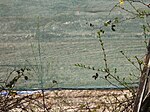Edburton
AC with 0 elementsHorsham DistrictVillages in West Sussex

Edburton is a small village in West Sussex, England, on the road from Upper Beeding to Fulking.
Excerpt from the Wikipedia article Edburton (License: CC BY-SA 3.0, Authors, Images).Edburton
Edburton Road,
Geographical coordinates (GPS) Address Nearby Places Show on map
Geographical coordinates (GPS)
| Latitude | Longitude |
|---|---|
| N 50.88903 ° | E -0.24796 ° |
Address
Edburton Road
BN5 9LN
England, United Kingdom
Open on Google Maps











